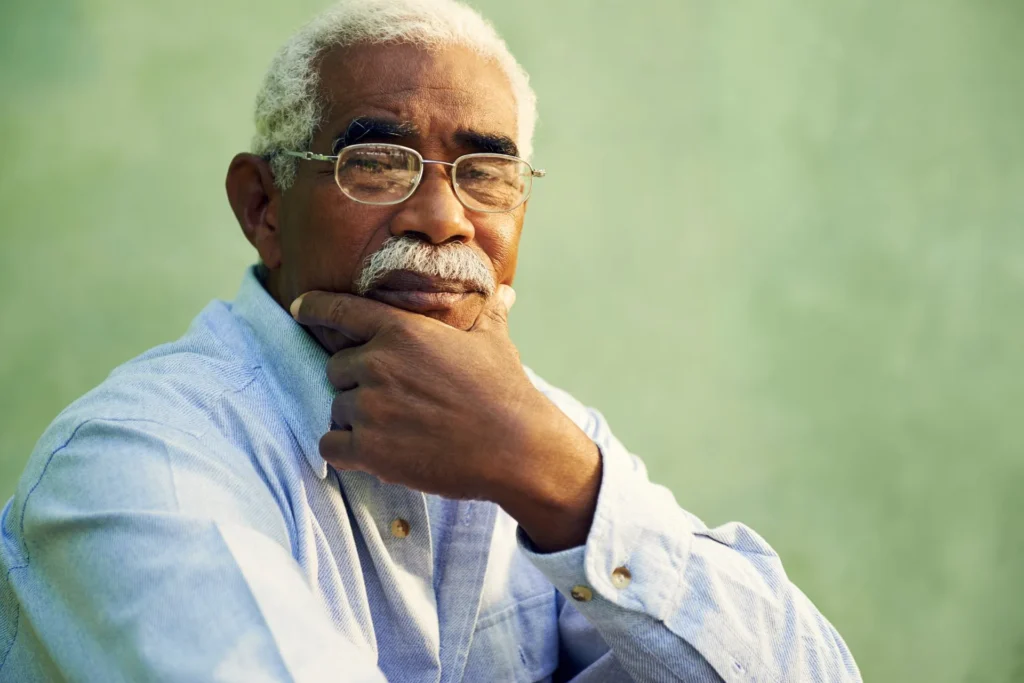Recovery from a stroke can be a long and arduous process, especially in the absence of necessary therapeutic interventions. Unfortunately, a treatment plan that focuses solely on physical rehabilitation and vocational training does not address the communication breakdown that occurs between your brain and your vision.
The brain plays a central role in interpreting what your eyes see, which affects both your mind and your body’s ability to function in everyday life. Vision rehabilitation starts where physical and occupational therapies stop, restoring clear lines of communication between your brain and vision. In this article, a Fort Worth, TX optometrist discusses how vision rehabilitation can help improve your stroke recovery.
The Often Overlooked Effects of Stroke
The brain is made up of a complex network of subsystems that work together to regulate many processes in the body, and vision is one of them. Most people might think that vision is just a function of the eyes when in fact it is a function of the brain. The process of seeing requires the brain to give meaning to what you see.
Vision accounts for 80-85% of your perception, learning, and perception. This alone reflects the importance of the brain’s role in the visual process. It also takes into account the types of symptoms many people experience after a stroke, such as:
- Headaches when doing visual tasks
- Spatial disorientation
- Dizziness and nausea
- Sensitivity to light
- Difficulty concentrating
- Foresight
- Memory problems
- Dual Vision
- Balance and coordination problems
- Leaning to one side when walking
Some of these symptoms may seem unrelated to vision, but the brain’s role in processing what you see affects many bodily functions. Vision rehabilitation aims to help restore the brain’s ability to correctly interpret what you see.
How Does Vision Rehabilitation Help?
While physical rehabilitation can be beneficial during stroke recovery, it is not designed to address underlying conditions affecting spatial orientation, perception, and other visual effects caused by stroke. Visual rehabilitation, on the other hand, attacks the source of these problems, which is the deterioration of the brain’s vision. And when damage to the brain-visual connection is left untreated, it can actually slow or even delay the progress you make in physical and movement therapy.
Changes in vision caused by a stroke or any form of traumatic brain injury are complex and each person’s condition is different. For these reasons, your treatment should be managed by an optometrist with specialized training in neurooptics. This way, you are sure to receive an accurate diagnosis, which is the first step to getting treatment that addresses your specific needs.
If you have any further questions or would like to schedule a consultation, please call our Fort Worth, TX optometry office today.



